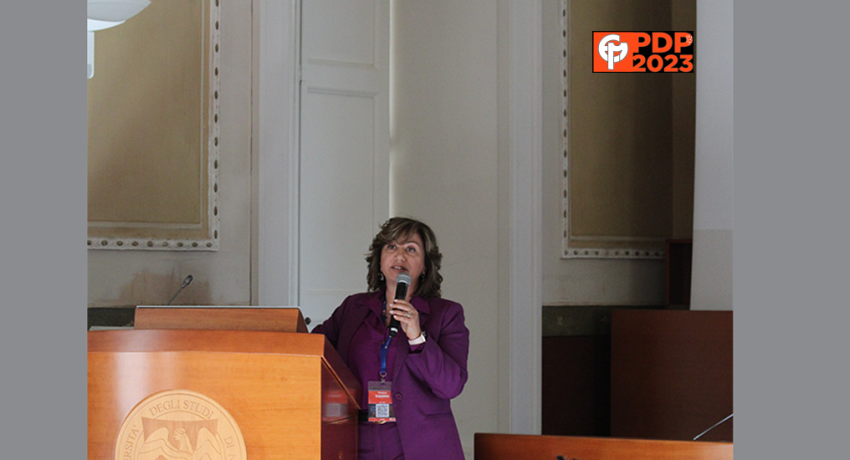PASQUA D'AMBRA alla conferenza PDP 2023
Si è svolta dal 1° al 3 marzo la 31ma Euromicro International Conference on Parallel, Distributed, and Network-Based Processing PDP 2023.
L'evento era svolto nell'ambito delle attività di disseminazione del progetto ADMIRE finanziato da Horizon 2020 JTI-EuroHPC.
Tra i keynote speech anche quello della dirigente di ricerca dell'IAC Pasqua D'Ambra. L'intervento è riascoltabile al link in calce.
- Read more about PASQUA D'AMBRA alla conferenza PDP 2023
- Log in or register to post comments








